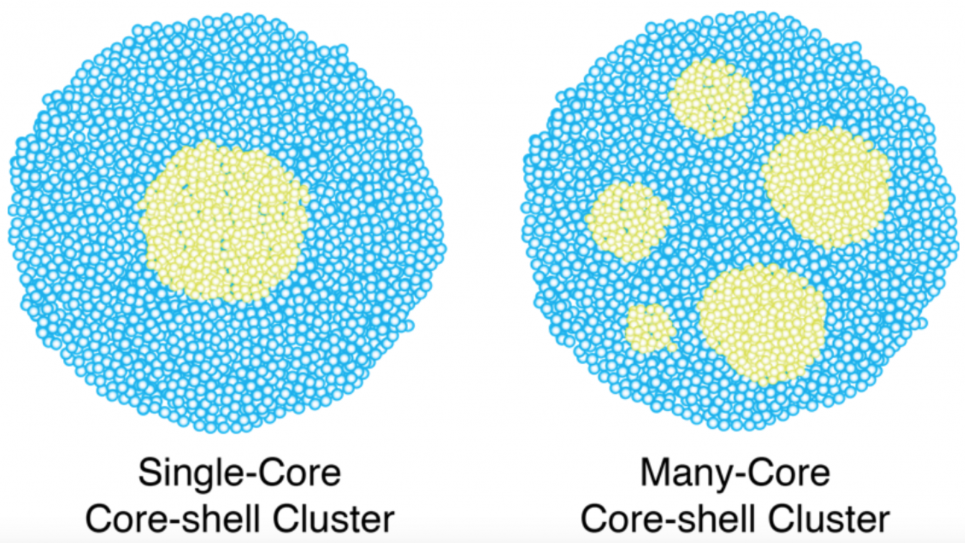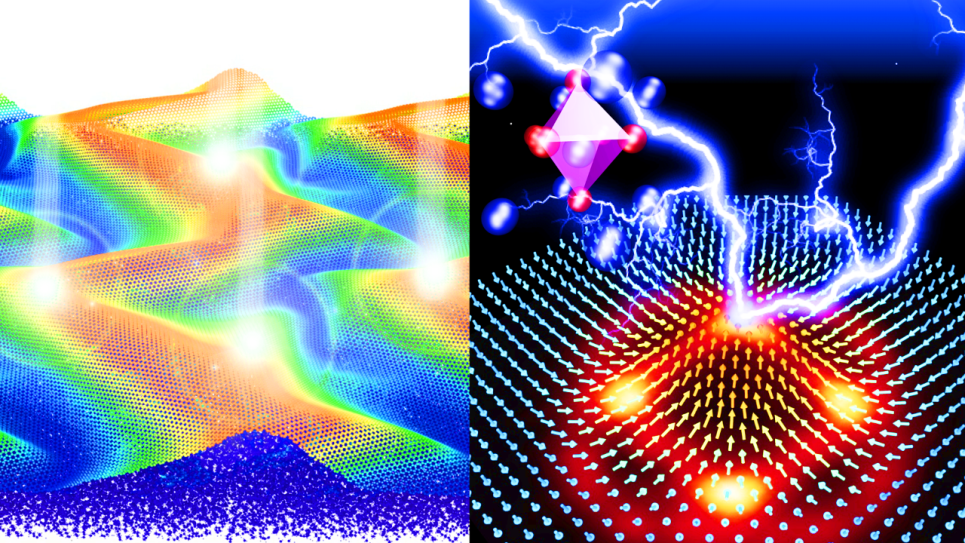
Imaging and Controlling Elemental Contrast of Nanocluster in Intense X-ray Pulses
This project aims at a predictive understanding of the interaction of intense x-rays with complex nanoscale systems and to examine the potential applications of these x-rays. The ultrahigh intensity regime of x-ray interactions with matter was initiated with the advent of the Linac Coherent Light Source (LCLS) x-ray free-electron laser (XFEL). The achieved x-ray intensities can strip electrons from atoms from the inside out and create transient states of matter as the x-ray pulse progresses through the target. The goal of this project is to understand the impact of sample heterogeneity on the ultimate spatial resolution and elemental contrast achievable with XFEL pulses by examining the correlation of x-ray imaging with the induced dynamical processes on the most fundamental level.
Using nanometer-sized heterogeneous clusters, particular attention is paid to the ultrafast electronic and nuclear ionization dynamics starting from ionization on the atomic level to charge transfer and electron redistribution within the sample, and the implications of the rapidly changing sample to the ultrafast x-ray scattering process. A hybrid quantum/classical simulation methodology will be used to investigate the interactions of intense XFEL pulses with nanometer-sized samples to understand the ultrafast dynamics and its connection to x-ray imaging and control. The work is an important step forward in understanding high-brightness, coherent x-ray laser pulses and their interactions with matter. The completion of the proposed work is essential in guiding the future XFEL experiments with heterogeneous materials and establishing the applied methodology as an effective large-scale computational tool for the new research frontier of ultrafast x-ray science.
